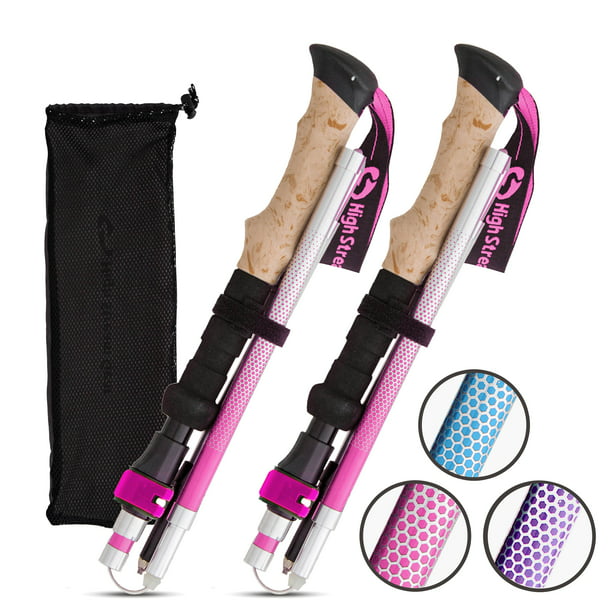Unleashing the Power of Trekking: The Magic of Hiking Sticks
Trekking through the great outdoors offers a unique blend of adventure, exercise, and connection with nature. One of the often-overlooked essentials that can greatly enhance this experience is the humble hiking stick. These seemingly simple tools provide a wide range of benefits that go beyond just being a supportive aid on the trail.
Hiking sticks, also known as trekking poles, offer stability and balance on uneven terrain, reducing the strain on your lower body and joints while increasing your overall endurance. In addition to providing physical support, they help you navigate tricky paths, stream crossings, and steep ascents with greater ease. With the right technique, these sticks can become an extension of your body, empowering you to conquer challenging landscapes and unlock new levels of confidence in your outdoor pursuits.
Benefits of Hiking Sticks

Hiking sticks offer excellent stability on uneven terrain, helping to reduce the strain on your joints and lower back. They provide added support when navigating steep inclines or slippery surfaces, enhancing your balance and preventing potential falls.
Using hiking sticks can improve your posture and reduce fatigue by distributing weight more evenly throughout your body. dwights.co.nz can lead to a more comfortable and enjoyable hiking experience, allowing you to explore outdoor trails for longer periods without feeling as fatigued.
With the help of hiking sticks, you can engage your upper body muscles more effectively while hiking, providing a full-body workout. By utilizing these sticks, you can enhance your overall fitness level and endurance, making your outdoor adventures not only safer but also more physically rewarding.
Choosing the Right Hiking Stick
When selecting a hiking stick, the first consideration is the material. Opt for durable yet lightweight materials like aluminum or carbon fiber that can withstand the rigors of the trail without adding unnecessary weight.
The length of the hiking stick is crucial for comfort and effectiveness. A general rule of thumb is that when holding the stick, your elbow should be at a 90-degree angle. This ensures the stick is the right height to provide stability and reduce strain on your joints.
Lastly, pay attention to the grip of the hiking stick. A comfortable and ergonomically designed grip can make all the difference during long hikes, providing a secure hold and reducing hand fatigue. Choose a grip material that suits your preference, whether it's cork, foam, or rubber.
Techniques for Using Hiking Sticks
To maximize the benefits of hiking sticks, it is important to adjust their length accordingly. Your arms should be at a 90-degree angle when holding the sticks, allowing for a comfortable and efficient trekking experience. Remember to regularly check and fine-tune the length of your hiking sticks based on the terrain and your comfort.
When using hiking sticks, it is essential to plant them firmly on the ground before applying weight. Focus on a rhythmic pattern of placement – left stick advancing with right foot, and vice versa – to maintain balance and stability. By distributing your weight evenly between your legs and the hiking sticks, you reduce strain on your joints and increase overall endurance.
In challenging terrains or steep ascents and descents, prioritize stability by planting both hiking sticks securely before taking a step. This technique provides additional support and balance, allowing you to navigate tricky paths with confidence and ease. By mastering these techniques, you unlock the full potential of hiking sticks in enhancing your trekking adventures.